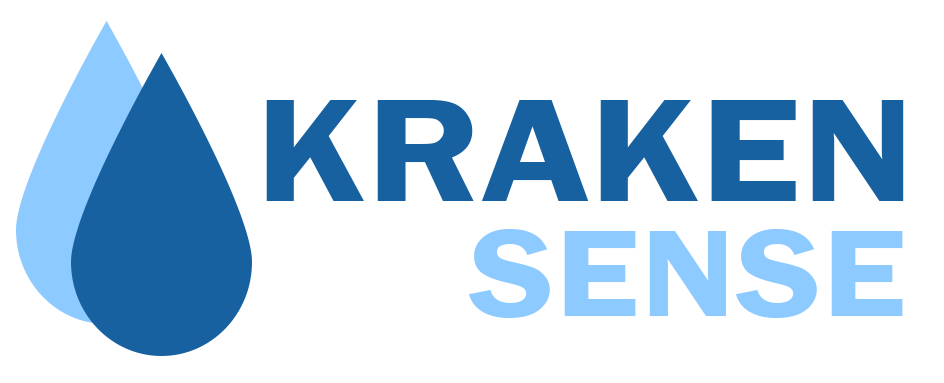
Microbial Source Tracking: Unmasking the Source of Water Pollution
Regular tests miss the source of water pollution. Microbial Source Tracking identifies human, animal, or wildlife waste, protecting our water supply.

Harmful Algal Blooms: Everything You Need to Know
Harmful algal blooms can have devastating effects on aquatic ecosystems and human health.

The Overuse of Chemicals in Water Treatment Facilities
The overuse of chemicals in water treatment may have negative impacts on public health and the environment.

WHO Updates Bacterial Priority Pathogens List for Antimicrobial Resistance in 2024
The WHO has recently updated its Bacterial Priority Pathogens List for 2024 to reflect recent trends in global antimicrobial resistance.

Strong Correlation Between Wastewater and Clinical Antimicrobial Resistance Data
Strong correlations have been found between AMR profiles in wastewater and clinical settings, indicating that wastewater surveillance could accurately predict future clinical cases.

Wastewater Monitoring in Indigenous Communities
By analyzing wastewater data, Indigenous communities can proactively address public health concerns before they escalate.

World Food Safety Day: Preparing for the Unexpected
This year’s World Food Safety Day emphasizes the importance of being prepared for disruptions in the food chain, from minor mishaps to large-scale crises.

Mastitis in Dairy Cows: Causes, Symptoms, and Strategies for Prevention
Mastitis is the most widespread and costly disease affecting dairy cattle worldwide. It is often caused by infection and can impact milk production and quality.

PFAS: The "Forever Chemicals" You Should Know About
Per- and polyfluoroalkyl substances (PFAS), also nicknamed "forever chemicals," are a growing concern. But what exactly are they, and why should you care?

In-line Pathogen Detection at Critical Control Points (CCPs)
Ever wonder how that juicy burger or crisp salad arrives on your plate safe for you to eat? It's not just magic. The food and beverage industry relies on a system called Hazard Analysis and Critical Control Points (HACCP), an internationally recognized method for preventing foodborne illnesses. Combined with in-line pathogen detection, these systems work together to keep your food safe and delicious.

Rethinking Water Safety: The Difference Between Heterotrophic Plate Counts and Copies/mL
Wondering about the differences between Heterotrophic Plate Counts (HPC) and copies/mL? Keep reading to learn about the uses, advantages, and disadvantages of these two measurements of water quality.

International Day of Plant Health: Safeguarding Plants and Crops through Pathogen Detection
The global movement of goods and climate change have exacerbated the spread of plant pests and diseases, posing significant threats to agricultural productivity, biodiversity, and food security. In response, the United Nations has designated May 12th as the International Day of Plant Health to rally concerted efforts to protect plant health and mitigate the risks posed by pathogens.

Increased Testing Frequency: Benefits and Drawbacks
Regular water quality testing, whether it be for food and beverages, drinking water, or residential water, plays a pivotal role in ensuring the integrity and reliability of products. The KRAKEN system allows you to reap the benefits of increased testing frequency without any of the drawbacks.

A Comparison of Molecular Methods for Microbial Testing
Molecular methods have revolutionized microbial testing, offering enhanced sensitivity, specificity, and speed compared to traditional culture-based approaches. However, variations between methods exist within molecular testing in terms of cost, time efficiency, specificity, quantification capabilities, and flexibility in targeting multiple pathogens.

Strengthening Public Health: OCWA and MECP's Inter-Lab Approach to Wastewater Surveillance
The Ontario Clean Water Agency (OCWA) is leading an Inter-laboratory Methods Comparison Program across a network of provincial academic and research institutions. Kraken Sense has played a pivotal role in this endeavor, developing autonomous pathogen testing devices that have underwent rigorous comparison against several traditional labs to validate their methods.


Highly Pathogenic Avian Influenza (HPAI) Detections in Livestock
In recent weeks, the agricultural community in the United States has been on high alert following the confirmation of Highly Pathogenic Avian Influenza (HPAI) in dairy milking cattle across several states.



Campylobacter: Hidden Risks in Food and Water
Campylobacter is responsible for more cases of foodborne illness than you might expect. Often overshadowed by more notorious foodborne pathogens, Campylobacter remains a leading cause of bacterial gastroenteritis worldwide.
